NASA’s largest competed planetary science missions are those in the New Frontiers class. Those familiar with LPL know that the New Frontiers mission OSIRIS-REx, which will return a sample from the near-Earth object Bennu, is being operated out of LPL, with Professor Dante Lauretta as the Principal Investigator. But it seems that every New Frontiers mission has strong LPL ties, so when NASA announced the two finalists for the next New Frontiers mission, it was no surprise that both missions had LPLers in critical roles.
One of the two is CAESAR, a sample return mission to Comet 67/P Churyumov-Gerasimenko, the target for ESA’s recent Rosetta mission. Dante Lauretta is the Mission Sample Scientist for CAESAR, and Associate Professor Tom Zega is also a Co-Investigator.
The other is Dragonfly, a mission to explore Saturn’s moon Titan with a quadcopter. There, the PI is LPL alumna Elizabeth Turtle, the Deputy PI is alum Jason Barnes, and Co-Is include alums Sarah Hörst, Jeff Johnson, Erich Karkoschka (currently a Staff Scientist at LPL), Juan Lora, Catherine Neish, and Jani Radebaugh, as well as former LPL postdocs Ralph Lorenz and Aileen Yingst.
The mission that is ultimately selected (probably in 2019) will be the fourth New Frontiers mission, and will keep LPL’s record of significant involvement in such missions intact.
The first New Frontiers mission was New Horizons, which visited Pluto and is now en route to a New Year’s Day encounter with Kuiper Belt Object 2014 MU69. That mission’s Co-Is include LPL grads Marc Buie, Dale Cruikshank, Will Grundy and John Spencer, as well as former LPL postdocs Mihaly Horanyi and Bill McKinnon. Grundy is the Composition Theme Team Lead, and Spencer and McKinnon are Deputy Team Leads.
The second was Juno, the mission currently in orbit around Jupiter. Professor Emeritus Bill Hubbard played a key role in its development, and remains a Co-I. Other Co-Is include former LPL professor Jonathan Lunine, former LPL postdoc Tristan Guillot, and, until his death, LPL alum Toby Owen.
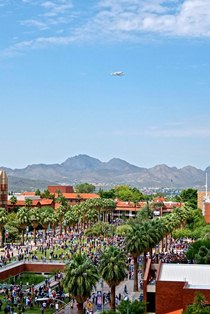
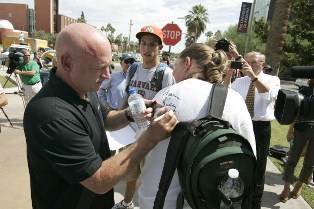
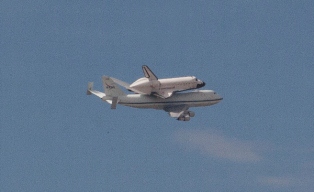
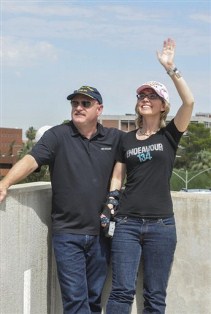
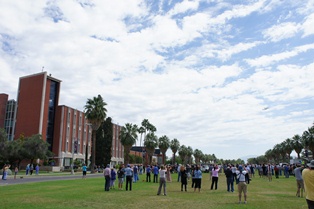



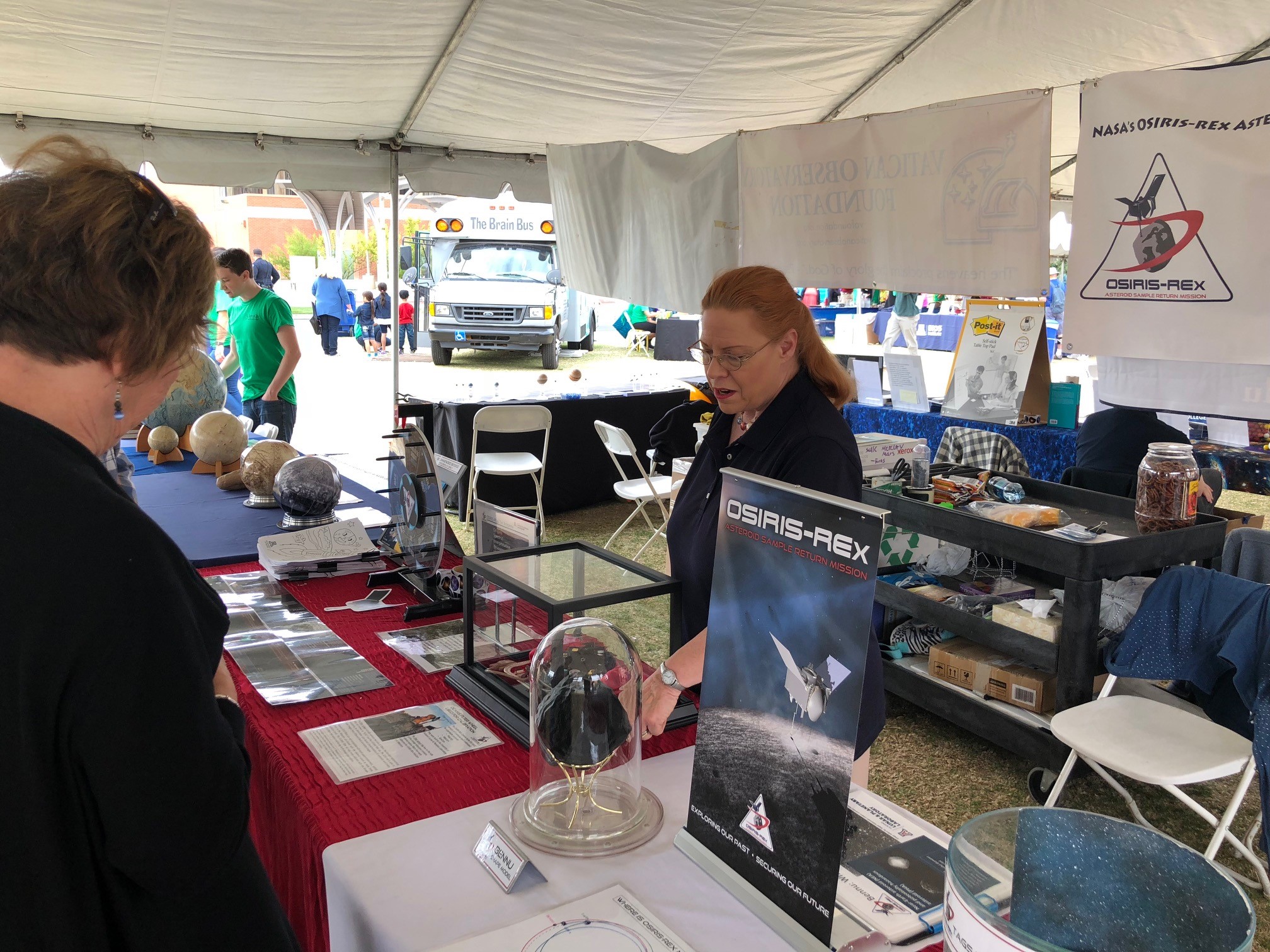
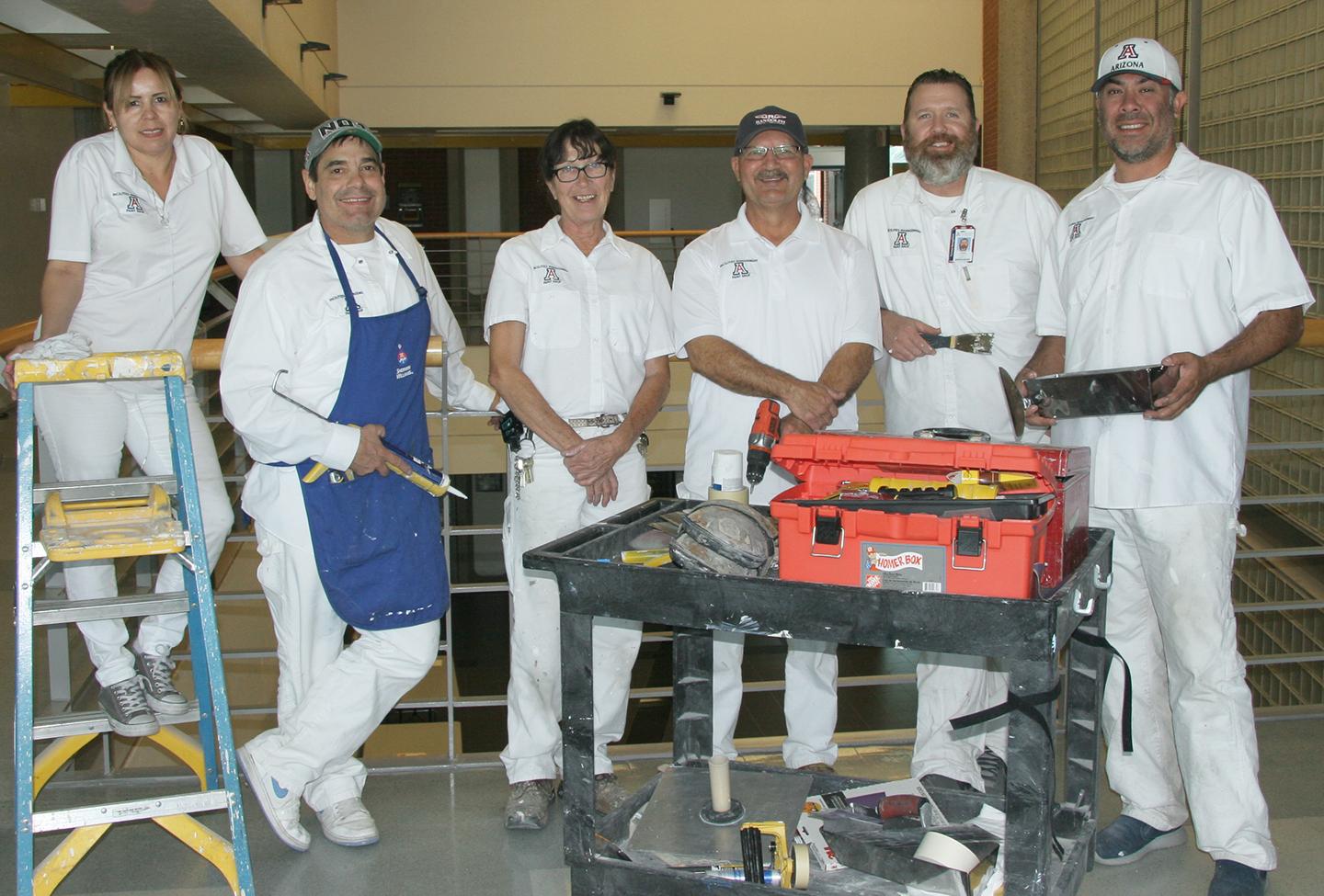
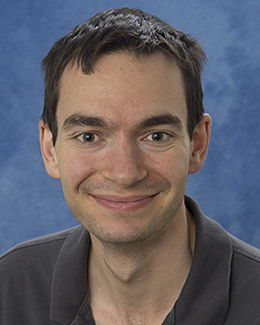 Postdoctoral Research Associate Alexandre Emsenhuber began working at LPL with
Postdoctoral Research Associate Alexandre Emsenhuber began working at LPL with 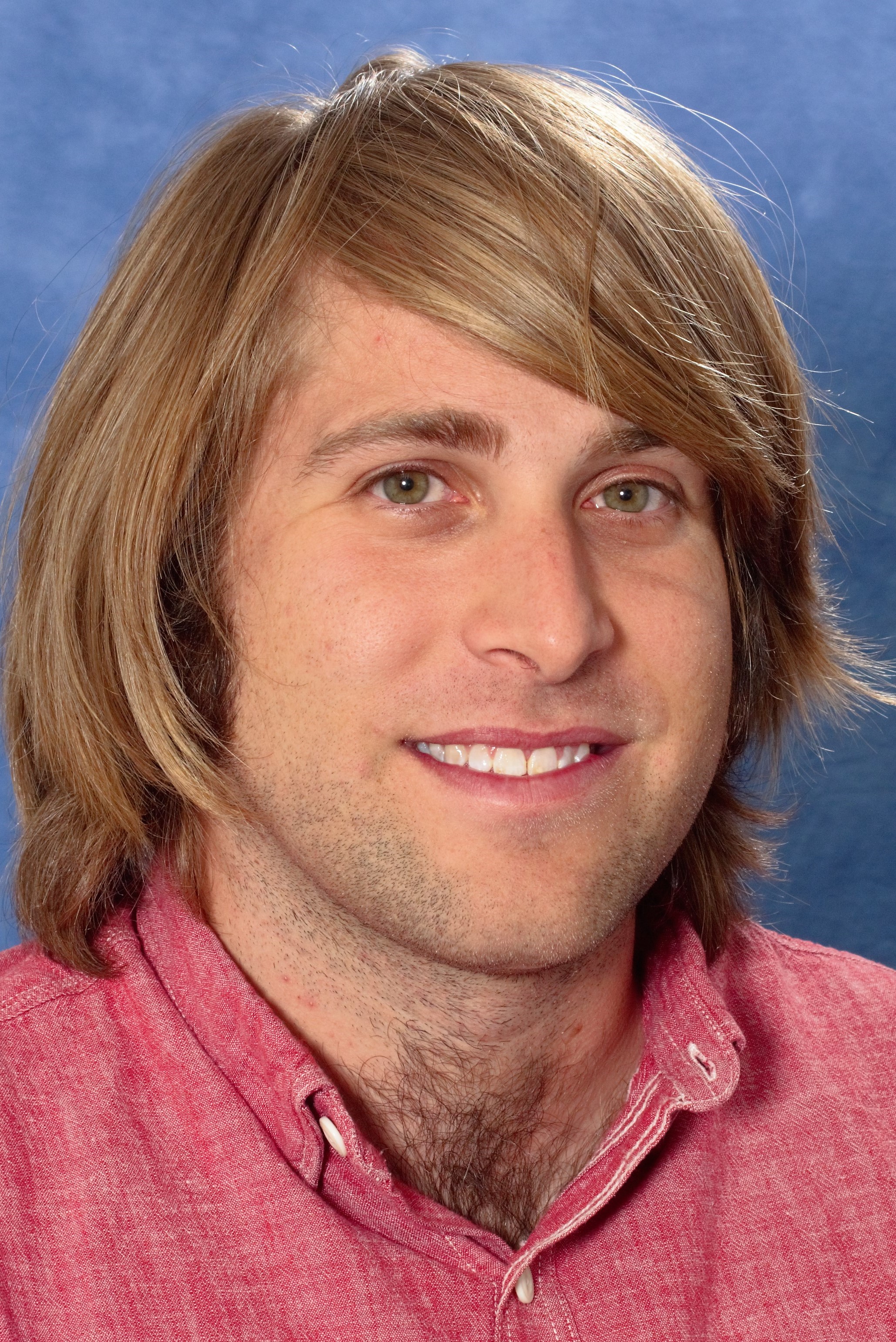 Dave Horvath joined LPL in September 2017 as a Postdoctoral Research Associate working with
Dave Horvath joined LPL in September 2017 as a Postdoctoral Research Associate working with 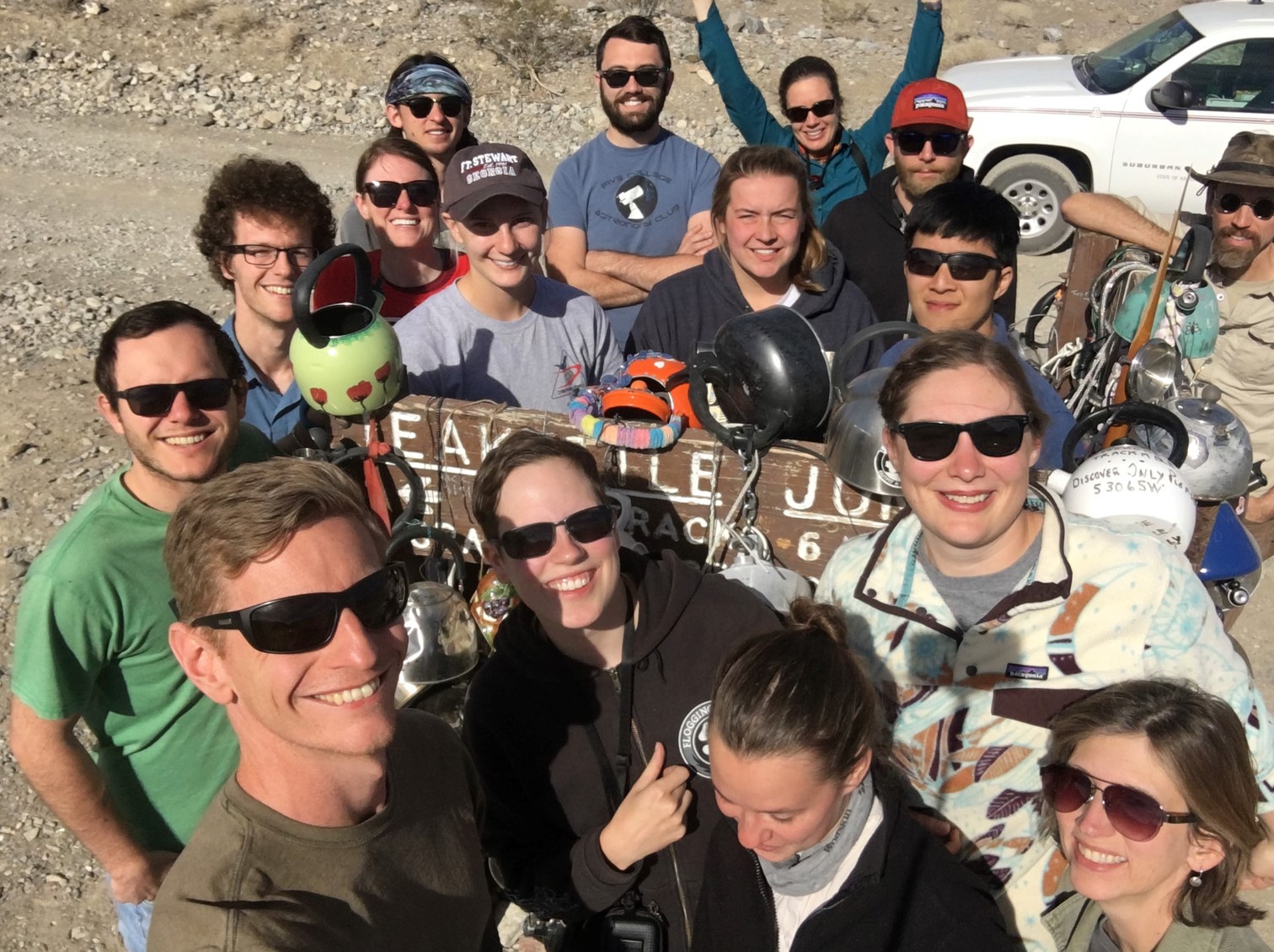
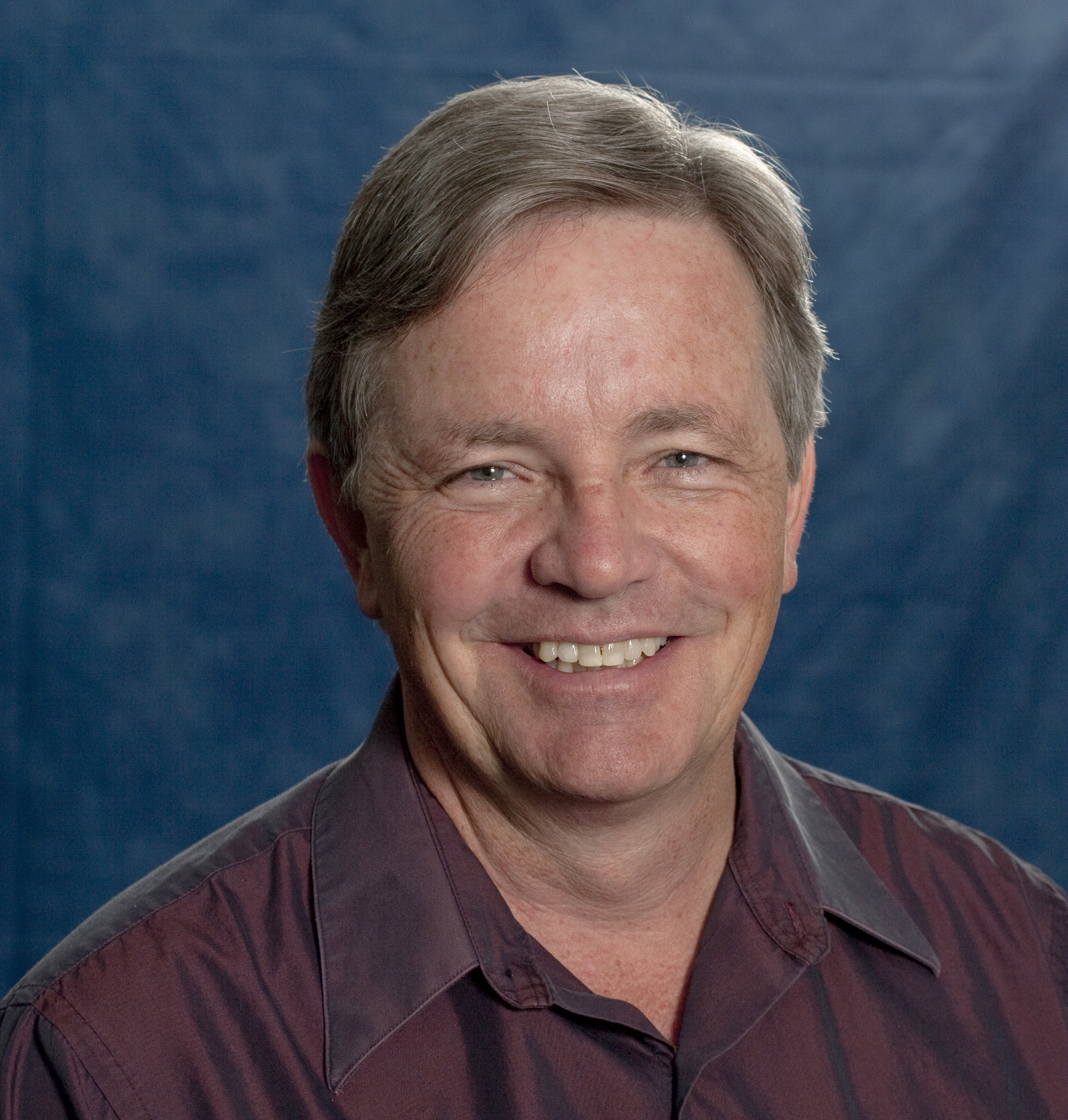
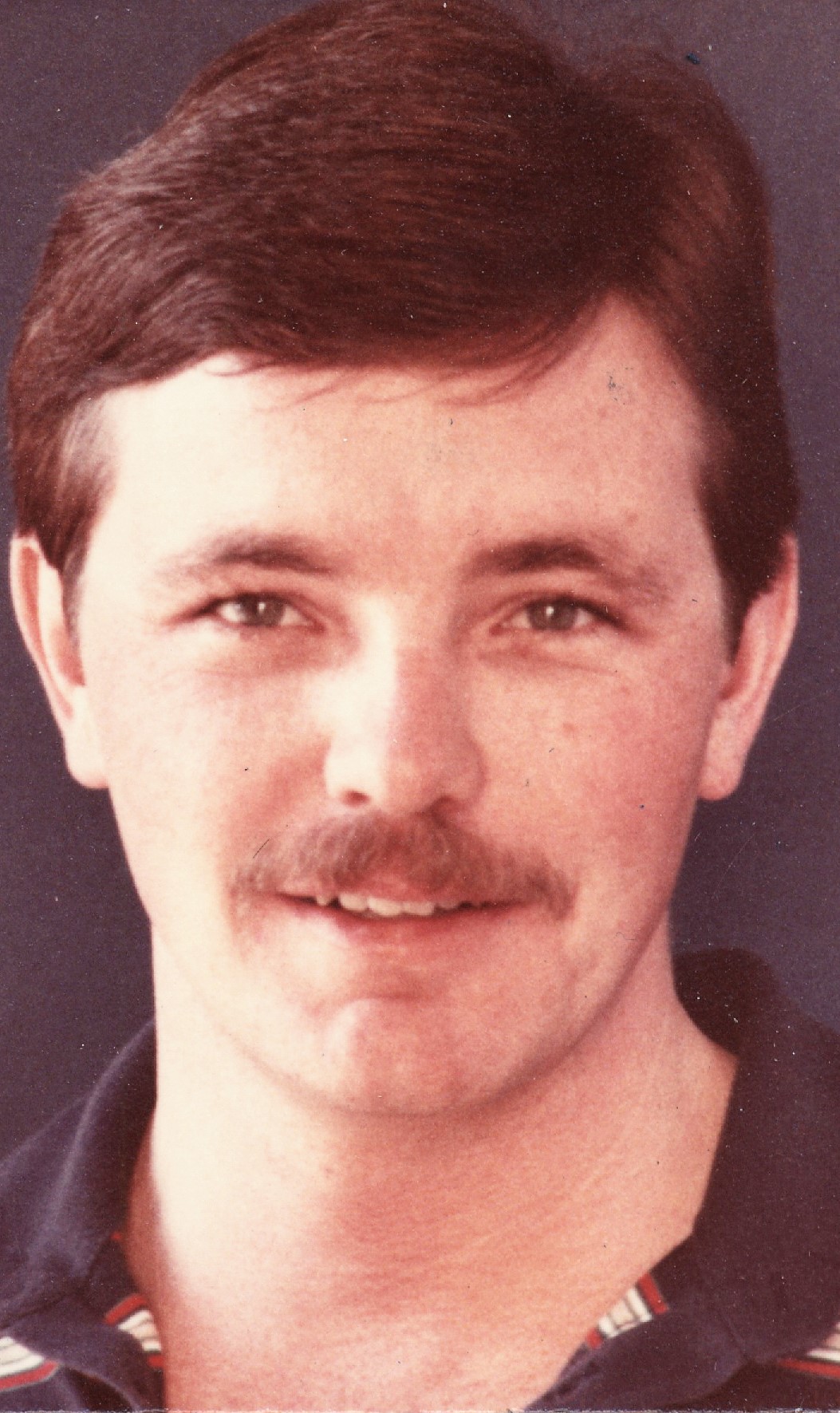
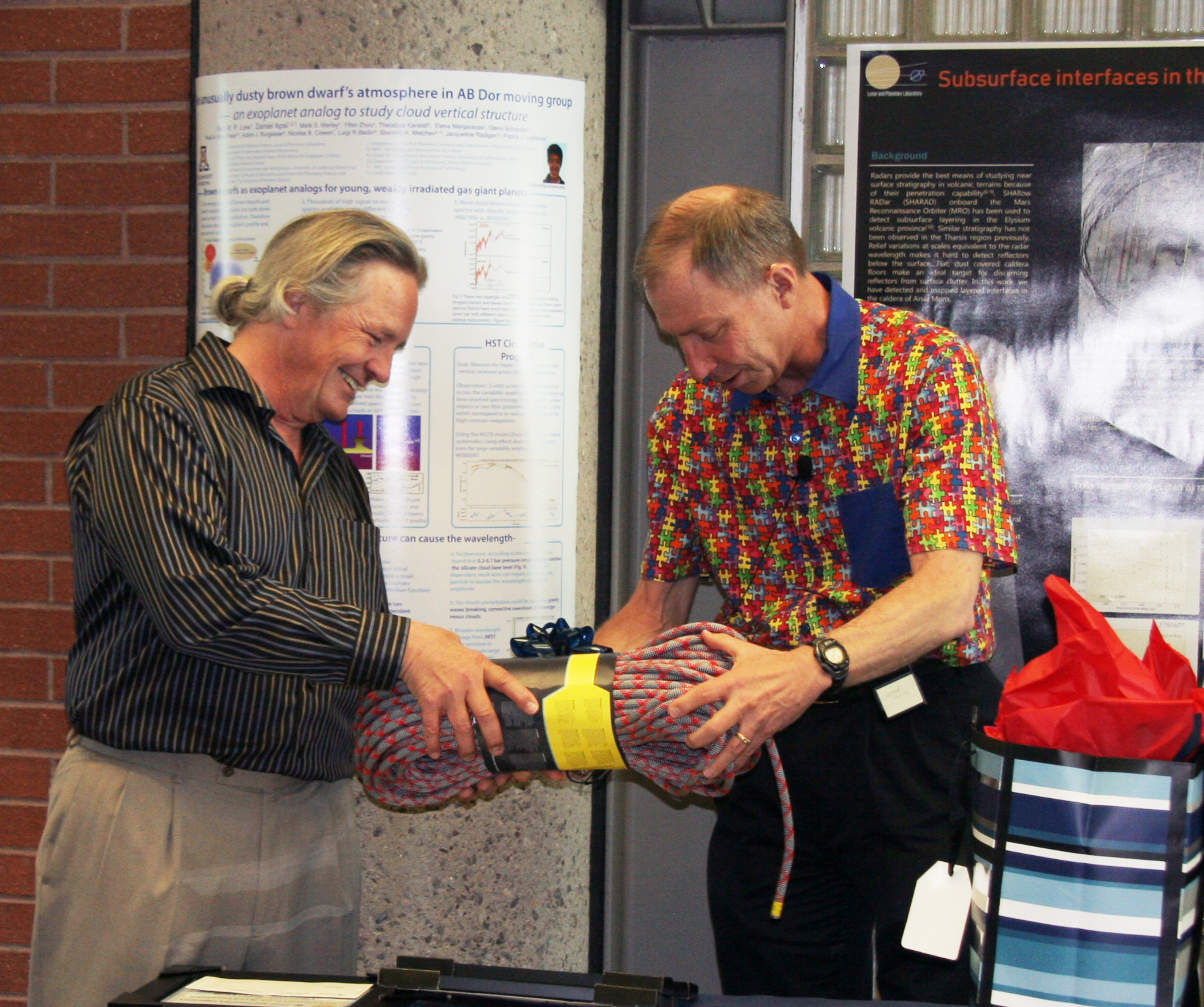
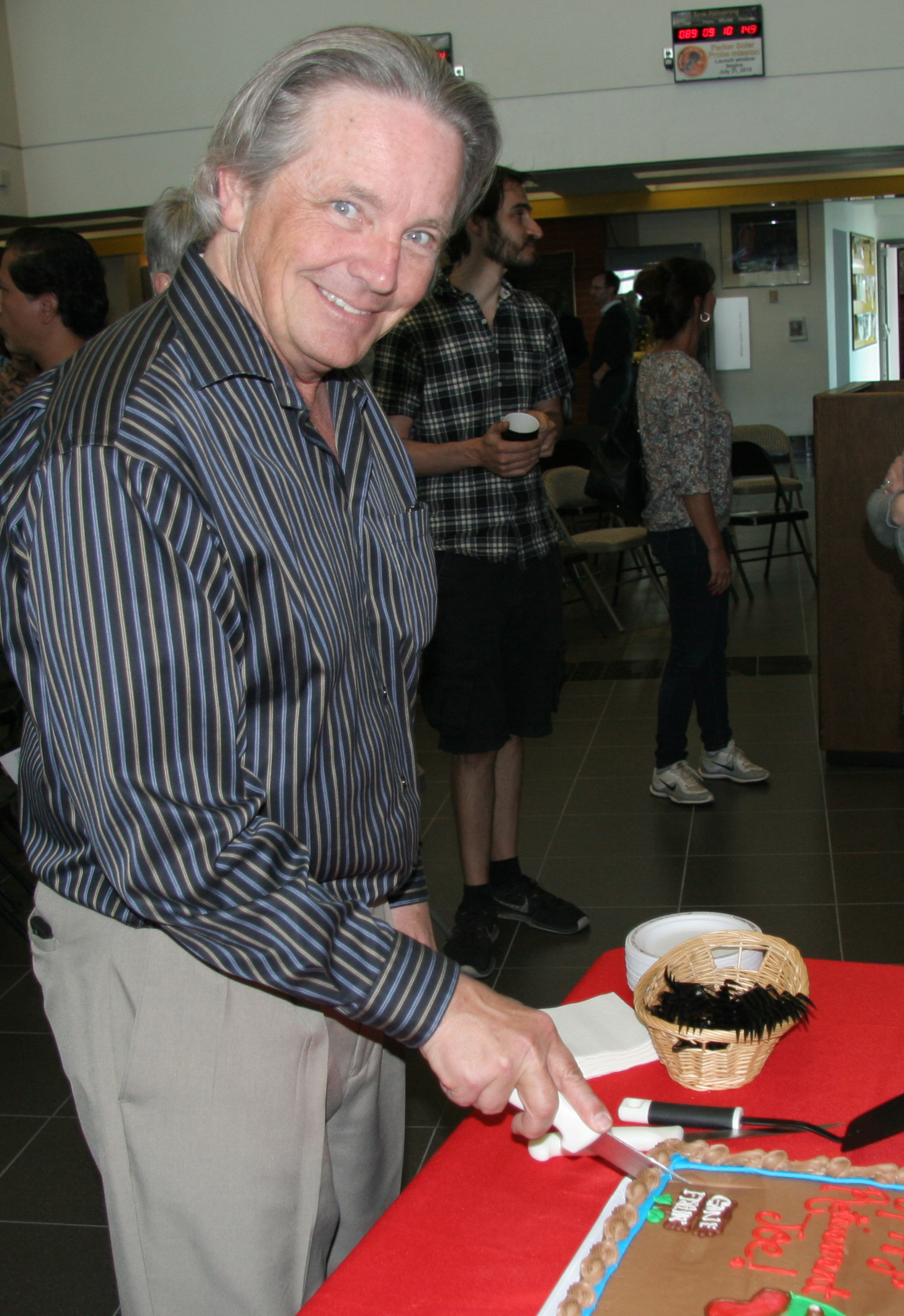
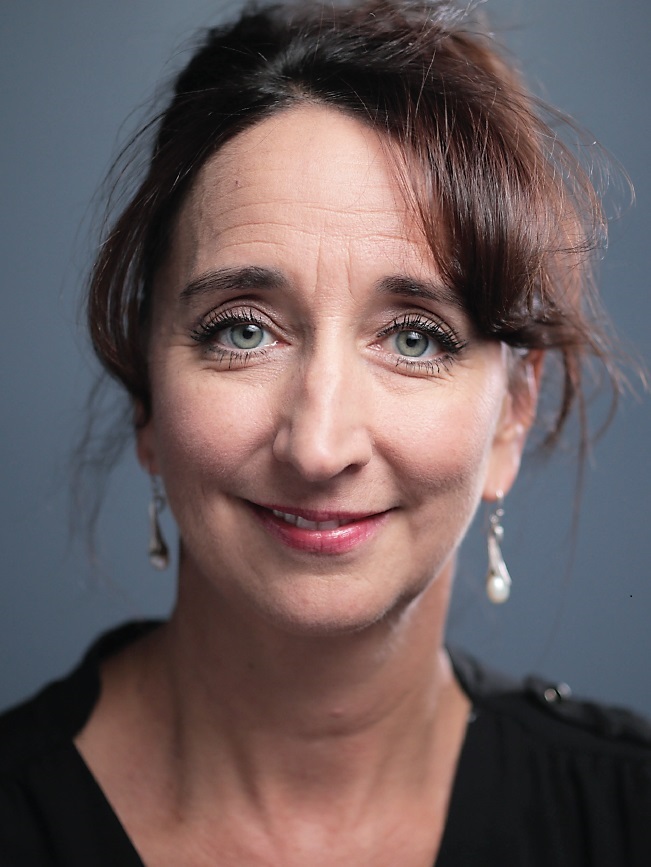 The recipient of this year's University of Arizona
The recipient of this year's University of Arizona